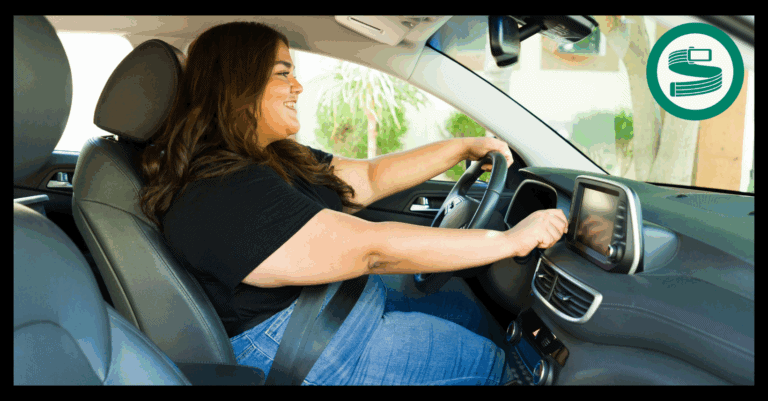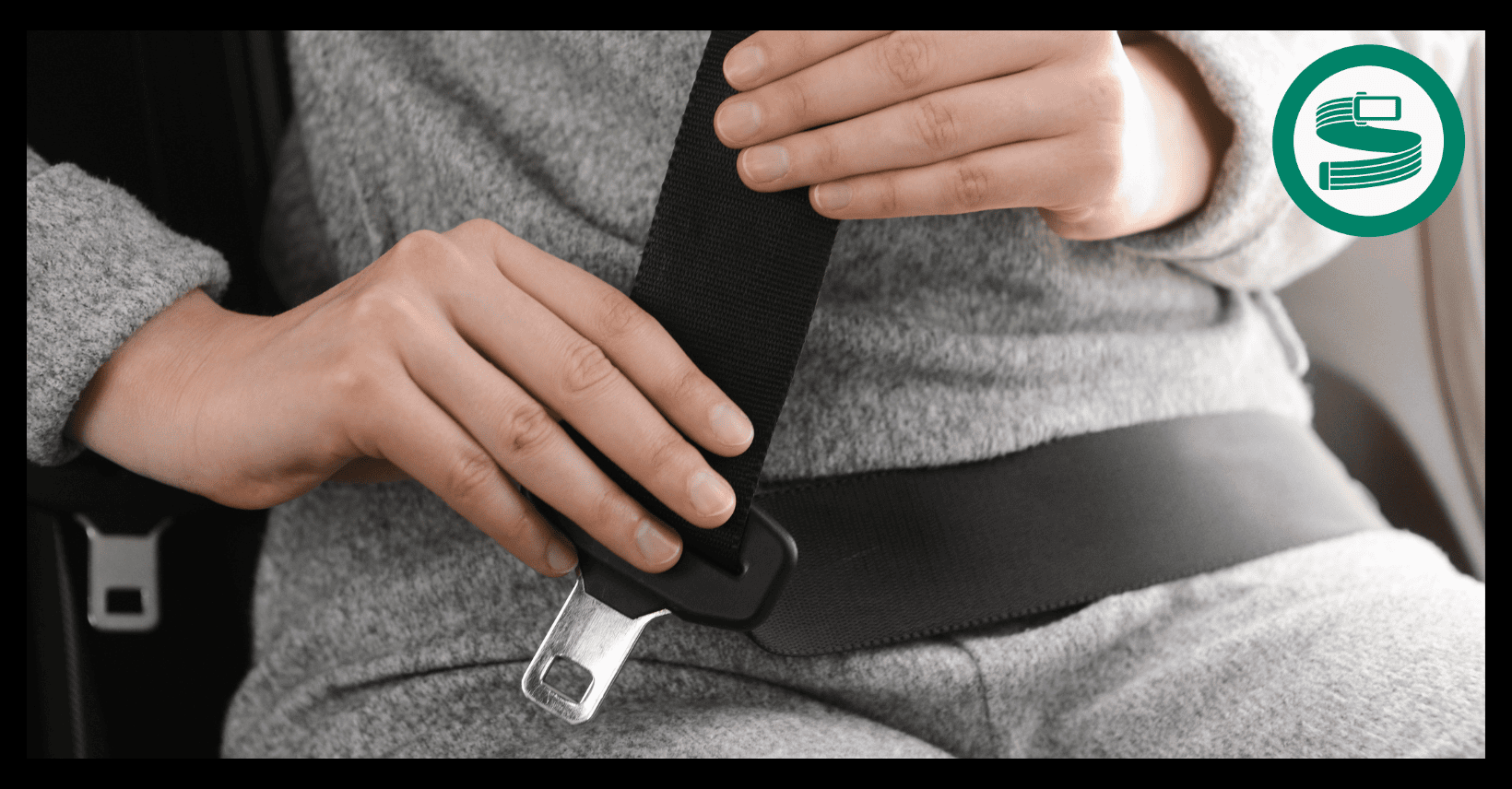
FREE Postage via Royal Mail | 10% OFF On Orders Over £20

It’s a familiar moment. You get in your car, buckle up, and hear that reassuring click.
But what about those rare times when you see someone driving without a seatbelt? Is it ever legal to drive without wearing your seatbelt in the UK, or are there special exemptions?
You must wear a seat belt if one is fitted in your vehicle, unless you have a valid exemption. The main exemptions include certain medical conditions, some professional driving jobs, and specific vehicle situations. For the vast majority, wearing a seat belt is a legal requirement every time you travel.
Let’s break down when you need to wear a seatbelt, when you’re exempt, and what happens if you break the law.
The law states you must use a seatbelt while you’re driving if your car has them fitted. This rule covers all vehicles, including cars, vans, and most goods vehicles. Since 1983, the law requiring seat belts has protected millions.
If you drive or travel without a seat belt when you should wear one, you could be fined up to £500. That’s a hefty price for a simple oversight.
The responsibility for wearing a seat belt (or using the correct car seat for children) falls on both the driver and any passenger aged 14 or over. For a child under 14, the driver faces the penalty, which can be up to £500 if a child under 14 isn’t in the correct car seat or wearing a seat belt.
Most people need to wear a seatbelt every time they travel, but there are a few exemptions. Here’s when you may drive without wearing your seatbelt in the UK:
Medical Exemption:
If you have a medical condition that makes it unsafe to wear a seatbelt, a doctor may issue a certificate of exemption. You must keep this certificate in your vehicle and show it to the police if asked. Always consult your doctor if you think you need a medical exemption. The certificate protects you from a fine, but only if it’s valid.
Professional Drivers:
Some jobs allow you to drive without wearing a seatbelt, including:
Vehicle Exemptions:
You do not need to wear a seatbelt if you’re driving a vehicle originally made without seat belts, such as some classic cars. Also, taxis and private hire drivers may be exempt when carrying passengers, depending on the situation.
Pregnant Drivers:
Pregnant women must wear a seatbelt if one is fitted in the seat you’re using. If you can’t wear a seatbelt if you’re pregnant for medical reasons, you will need a certificate from your doctor.
A key takeaway: If you’re not sure whether you need to wear a seatbelt, you almost always do, unless you have a certificate or a specific job-related exemption.
Children need extra protection. The law requires a child car seat for their height or weight until they reach 135cm tall or are 12 years old, whichever is first. After this, they must wear a seatbelt if one is fitted. Children under 3 must use a child car seat, and children aged 3 years old to 12 (or under 135cm tall) need the correct car seat or wearing a booster.
You could be fined up to £500 if a child under 14 isn’t in the correct car seat or wearing a seat belt if one is fitted. Keeping children safe is your responsibility as the driver.
Police can stop you if you’re not wearing a seat belt while driving or travelling as a passenger. If you don’t have a valid certificate, you could get a fine of up to £500.
Not wearing a seatbelt can affect your car insurance claim after an accident. Some insurers may reduce your payout if you weren’t wearing your seat belt while you’re driving or travelling. Protect yourself, your passengers, and your insurance by buckling up every time.
Wearing a seat belt is one of the simplest ways to protect yourself on the road. Unless you have a valid exemption or certificate, you must wear a seatbelt if you’re driving, or travelling as a passenger, in a vehicle fitted with seat belts.
Stay safe, stay legal, and always double-check before you travel. Your seatbelt could save your life, or your wallet from a £500 fine.
